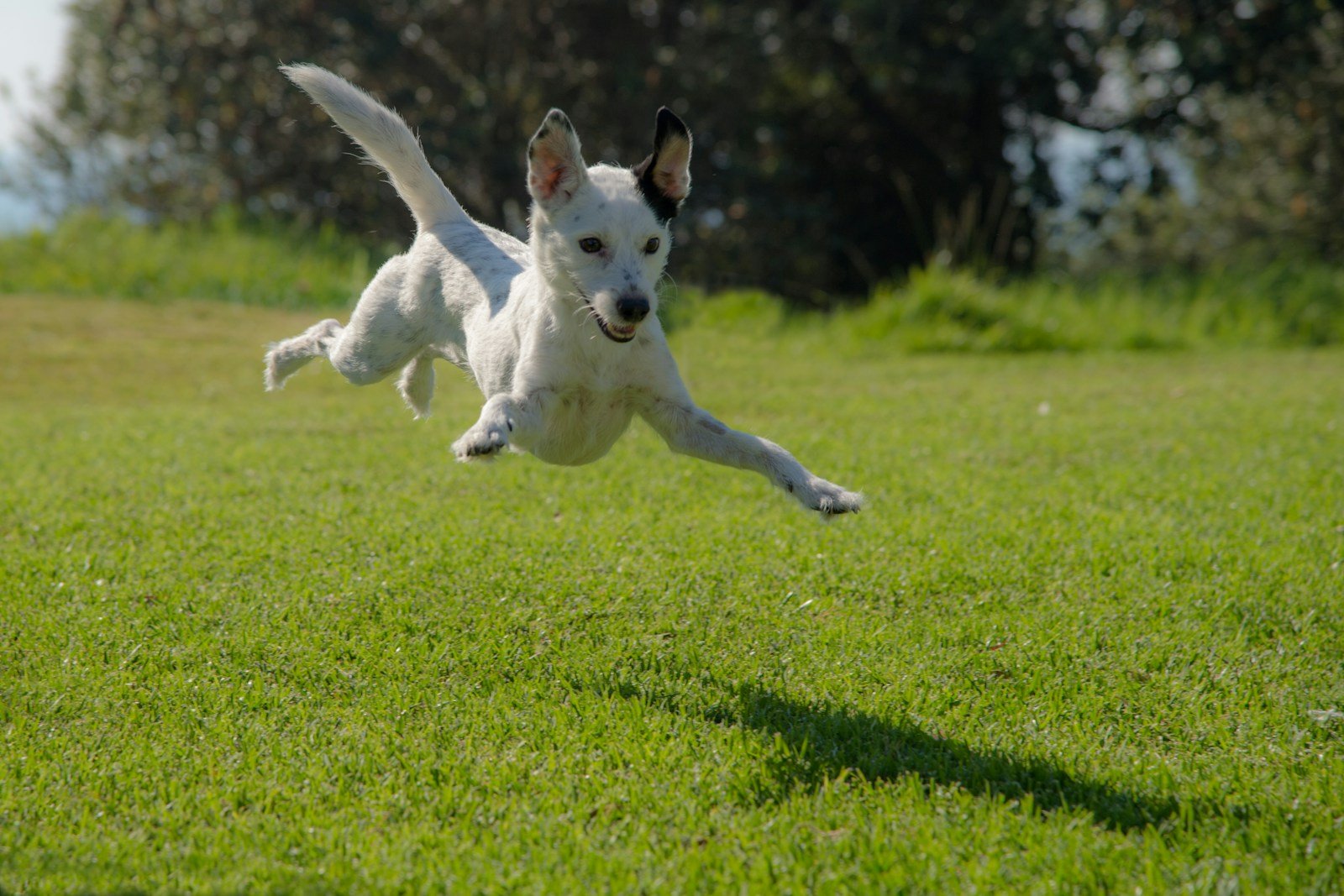One minute your pet is quietly munching on food or lounging in the sun, and the next—it’s tearing through the living room like their tail’s on fire. If this burst of wild energy feels familiar, congratulations: you’ve just witnessed the delightful chaos known as the “zoomies.”
These energetic outbursts, while often hilarious (and occasionally a bit destructive), are perfectly normal. According to veterinary experts, your pet is simply blowing off steam.
What Are Zoomies, Really?

Technically known as Frenetic Random Activity Periods—or FRAPs—these episodes are common among dogs, cats, and even some wild animals. They usually involve sudden bursts of speed, spinning, hopping, and unpredictable sprints around the house or yard. Most zoomies last only a few minutes, but if your pet is ricocheting around breakables, it can feel like much longer.
“They appear to be a way to release pent-up energy, or perhaps to alleviate stress,” said Dr. Pamela Perry, a resident at the Cornell University College of Veterinary Medicine. “A dog who has been home alone all day may feel the need to zoom around the house or yard to burn off energy and relieve under-stimulation. FRAPs can also occur when a dog becomes very excited—like when an owner returns after a long absence.”
Why Do Pets Get the Zoomies?

Zoomies are usually triggered by excitement, playfulness, or sheer relief. Some dogs go full speed after a bath, while others zoom when they’re let outside or after using the bathroom. Indoor cats, meanwhile, often choose the middle of the night to launch into full-speed hallway laps—just one of their many mysterious behaviors.
According to Dr. Perry, frequent zoomies can be a sign your pet needs more exercise or engagement. Taking your dog on new walking routes, trying games or training sessions, and offering enrichment toys can all help channel that energy in healthy ways.
When to Worry (and When Not To)
While zoomies are usually harmless, they can lead to the occasional knocked-over lamp or startled houseguest. It’s a good idea to create safe, open spaces where your pet can sprint freely without bumping into furniture or slipping on slick surfaces. Grass is ideal for zoomies, Perry noted, if your pet is off-leash, keep them in an enclosed space. Avoid hard floors, ice, and fill in any holes in the yard to prevent injury.
If your pet suddenly becomes unusually lethargic, tense, or shows dramatic behavioral changes—like tucked tail, lowered ears, or uncharacteristic aggression—it might be time to check in with a vet. But for most animals, zoomies are just pure, unfiltered joy.
Let Them Zoom

FRAPs can strike at any time: after a nap, following a bathroom break, during play, or when you walk through the door. No matter the trigger, your pet is probably just trying to enjoy life at full speed.
So the next time your dog bolts through the living room like a furry rocket, or your cat bounces off the walls at midnight, don’t panic. It’s not chaos—it’s happiness in motion.






